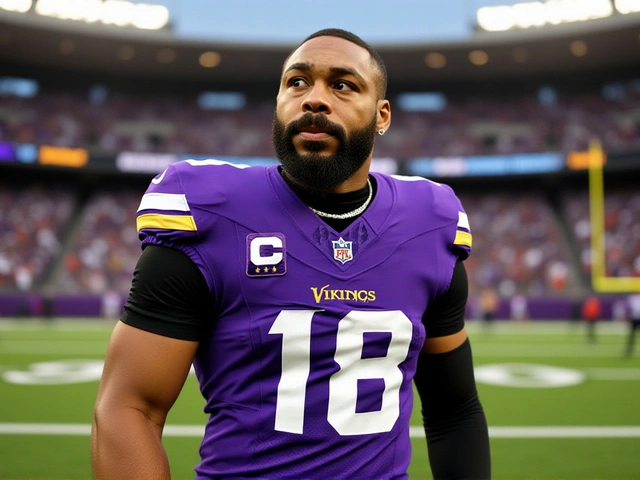Understanding the Basics of Cassava Starch Manufacturing
Before we delve into the specifics of how cassava starch manufacturing equipment operates, it is essential to understand what cassava starch is and its uses. Cassava starch, also known as tapioca, is derived from the cassava plant, a tropical root vegetable. It is widely used in various industries, including food, pharmaceuticals, textiles, and paper. The extraction and processing of cassava starch require specialized machinery that efficiently and effectively performs the task. This section aims to introduce you to the basics of cassava starch production, setting the foundation for a more in-depth look at the machinery involved.
Components of Cassava Starch Manufacturing Equipment
Cassava starch manufacturing equipment is made up of various components, each playing a significant role in the manufacturing process. These components include cassava washing equipment, crushing machines, separating machines, dewatering machines, and drying machines, among others. Each piece of equipment is designed to perform a specific function in the starch extraction and processing process. Understanding these components and their roles is key to understanding how cassava starch manufacturing equipment operates.
Operation of the Cassava Washing Equipment
The first step in cassava starch production involves washing the cassava roots. This is where the cassava washing equipment comes into play. This machinery uses water to remove dirt, sand, and other impurities from the cassava roots. It is designed to thoroughly clean the roots without damaging them, ensuring that the quality of the final product is not compromised. The operation of this equipment is straightforward and easy to understand, providing a perfect starting point for our discussion on cassava starch manufacturing equipment.
The Crushing and Grinding Process
After washing, the cassava roots are crushed and ground into a pulp. This is done using crushing machines that use force and motion to break down the roots. The resulting pulp is then passed through a series of screens to separate the starch from the fibrous material. This process is crucial in the production of cassava starch, as it allows for the extraction of the maximum amount of starch from the cassava roots.
Separation and Concentration of Starch
Following the crushing and grinding process, the cassava pulp is passed through separating machines. These machines use centrifugal force to separate the starch from the pulp. The starch is then concentrated and purified through a series of filtration and sedimentation processes. This part of the operation is crucial in ensuring the high quality of the final product.
The Starch Dewatering Process
Once the starch has been separated and concentrated, it is then dewatered using dewatering machines. These machines use pressure to remove excess water from the starch, reducing its moisture content. This is an essential step in the manufacturing process, as it ensures that the starch is in the right condition for the final drying process.
Drying and Packaging of the Cassava Starch
The final stages of cassava starch production involve drying and packaging. The starch is first dried using drying machines, which reduce the moisture content to a level suitable for packaging and storage. It is then packaged in bags ready for distribution. The operation of the drying and packaging machinery completes the process of cassava starch production.
Maintenance and Safety of Cassava Starch Manufacturing Equipment
Lastly, it's important to understand the maintenance and safety measures required for cassava starch manufacturing equipment. Regular maintenance is necessary to ensure the equipment runs efficiently and lasts longer. Additionally, operators must follow safety guidelines to protect themselves and prevent accidents. Understanding these aspects is essential for anyone who operates or plans to invest in cassava starch manufacturing equipment.




